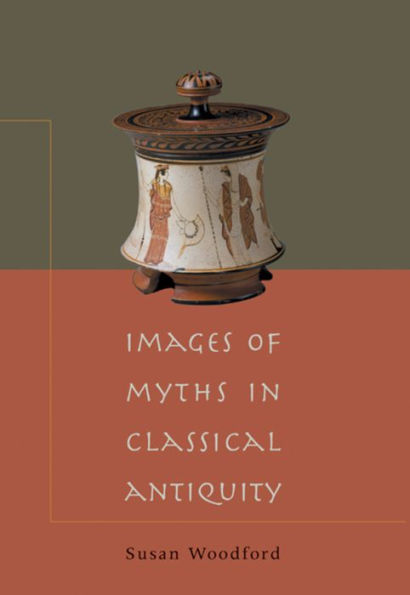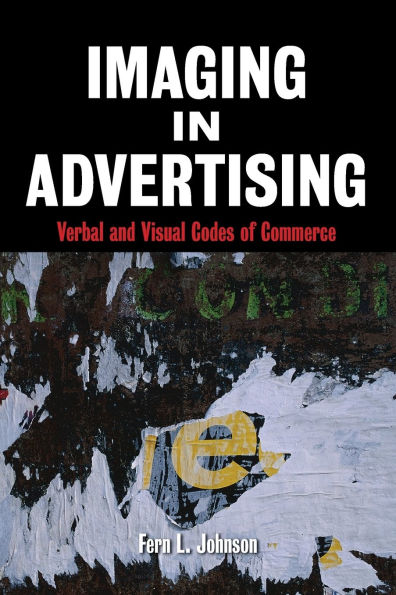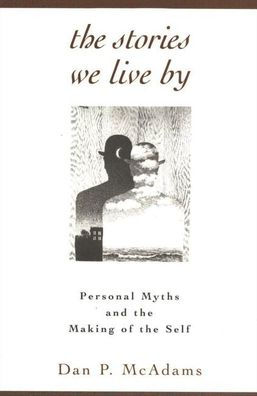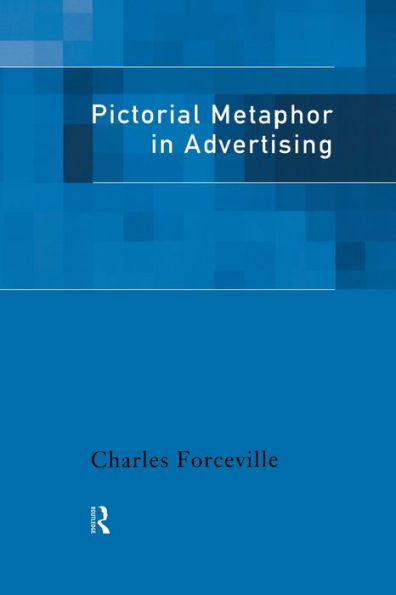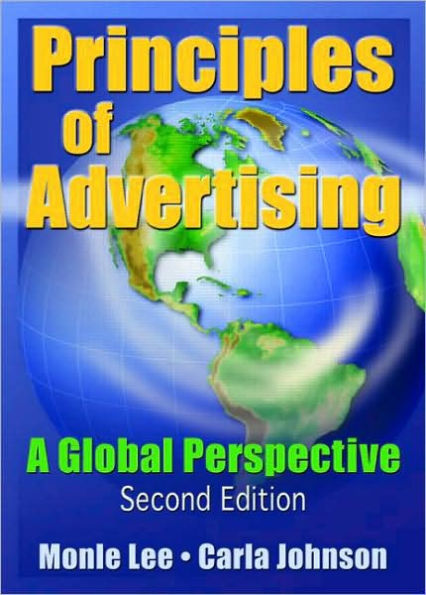Home
Advertising Myths: The Strange Half-Lives of Images and Commodities / Edition 1
Loading Inventory...
Barnes and Noble
Advertising Myths: The Strange Half-Lives of Images and Commodities / Edition 1
Current price: $180.00
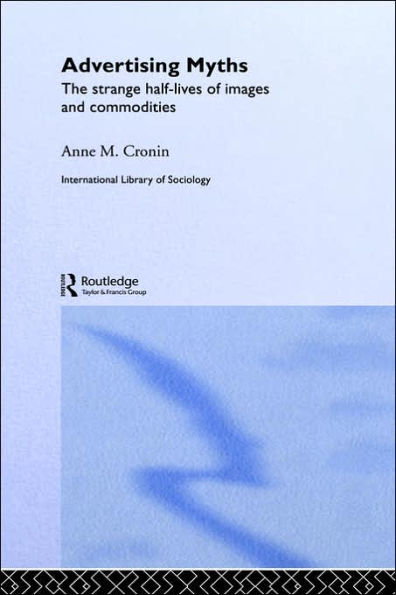

Barnes and Noble
Advertising Myths: The Strange Half-Lives of Images and Commodities / Edition 1
Current price: $180.00
Loading Inventory...
Size: OS
*Product Information may vary - to confirm product availability, pricing, and additional information please contact Barnes and Noble
Advertising is often portrayed negatively, as corrupting a mythically pure relationship between people and things. In
Advertising Myths
Anne Cronin argues that it is better understood as a 'matrix of transformation' that performs divisions in the social order and arranges classificatory regimes. Focusing on consumption controversies, Cronin contends that advertising is constituted of 'circuits of belief' that flow between practitioners, clients, regulators, consumers and academics. Controversies such as those over tobacco and alcohol advertising, she argues, distil these beliefs and articulate with programmes of social engineering aimed at altering consumption patterns. This book will be essential reading for students and academics of advertising and consumption.
Advertising Myths
Anne Cronin argues that it is better understood as a 'matrix of transformation' that performs divisions in the social order and arranges classificatory regimes. Focusing on consumption controversies, Cronin contends that advertising is constituted of 'circuits of belief' that flow between practitioners, clients, regulators, consumers and academics. Controversies such as those over tobacco and alcohol advertising, she argues, distil these beliefs and articulate with programmes of social engineering aimed at altering consumption patterns. This book will be essential reading for students and academics of advertising and consumption.
